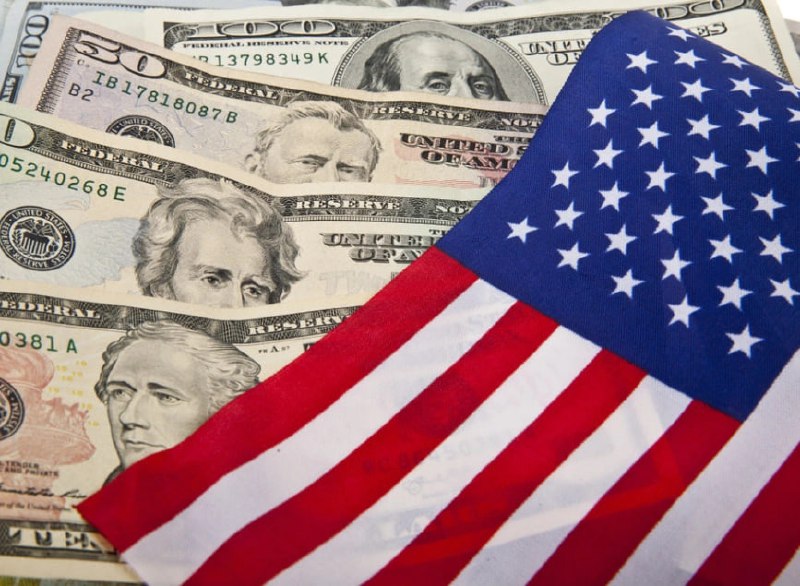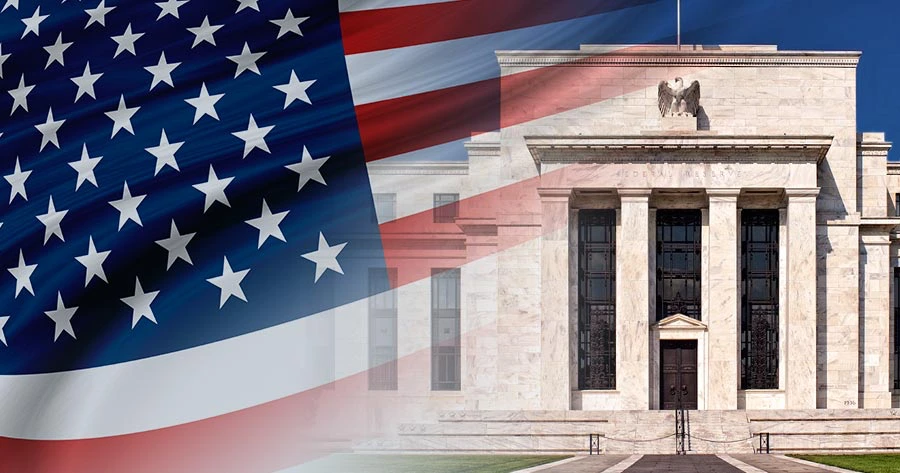
United States GDP Growth Rate
In Q3 2024, the US economy grew at an annualized rate of 2.8%, a slight decline from the 3% growth recorded in Q2 and below the expectations set by analysts. This growth rate, reported by the Bureau of Economic Analysis (BEA) in its advance estimate, reflects a complex economic landscape. Notably, personal spending surged by 3.7%, marking the fastest growth since Q1 2023. This increase was fueled by a significant 6% jump in goods consumption, coupled with strong spending on services, which suggests that consumers are confident and willing to spend despite broader economic uncertainties. The robust consumer spending is crucial for economic growth, as it accounts for a substantial portion of the US GDP.
Government Spending and Trade Dynamics
Government consumption also saw a notable increase, rising by 5%, primarily driven by heightened defense spending. This uptick in government expenditure can have positive ripple effects throughout the economy, particularly in sectors linked to defense contracting and infrastructure projects. On the trade front, the net trade impact was less negative than in previous quarters, with exports rising by 8.9% while imports increased by 11.2%. This growth in exports signals a stronger international demand for US goods and services, which could bode well for future economic performance. However, the rising import levels indicate ongoing consumer demand for foreign products, which can widen the trade deficit.
Inventory Adjustments and Fixed Investment Slowdown
Despite these positive signs, the overall economic growth was tempered by a decrease in private inventories, which subtracted 0.17 percentage points from the GDP growth rate. This decline in inventories may reflect businesses’ cautious approach to stockpiling, possibly in response to fluctuating consumer demand or supply chain uncertainties. Additionally, fixed investment slowed to a modest 1.3%, impacted by declines in structures and residential investment. While this slowdown is concerning, it was somewhat offset by a robust 11.1% increase in equipment investment, indicating that businesses are still investing in their operational capabilities despite uncertainties in the housing market and construction sectors.
Looking Ahead: Economic Implications and Challenges
As the US economy navigates through Q3 2024, the mixed performance highlights both resilience and challenges. While consumer spending and government expenditure provide a positive foundation for growth, the slowdown in fixed investment and inventory adjustments indicate caution among businesses. Moving forward, policymakers will need to focus on fostering an environment conducive to sustained economic expansion, which may include addressing supply chain issues and encouraging investment in critical sectors. Overall, while the economic landscape is evolving, the adaptability of consumers and businesses will be vital for navigating the challenges ahead and achieving long-term stability.
Share
Hot topics

Federal Reserve’s Challenges to Trump’s New Policies
As the Federal Reserve Open Market Committee (FOMC) prepares for its upcoming meeting, all eyes are on how the Fed will respond to Donald Trump’s latest economic policies. With the...
Read more




Submit comment
Your email address will not be published. Required fields are marked *